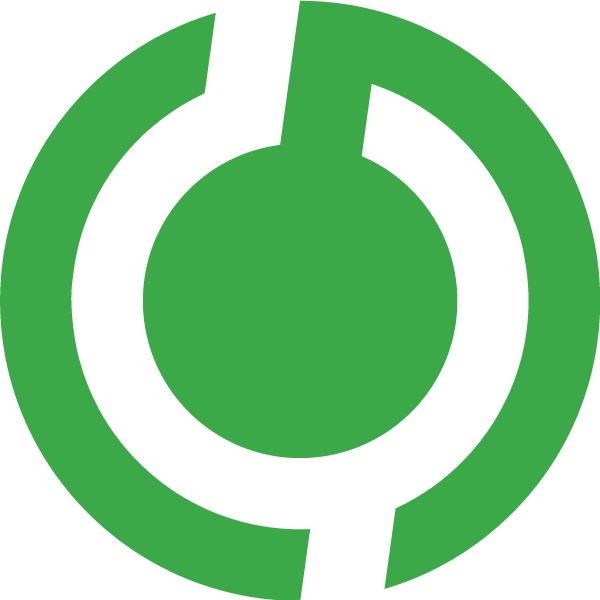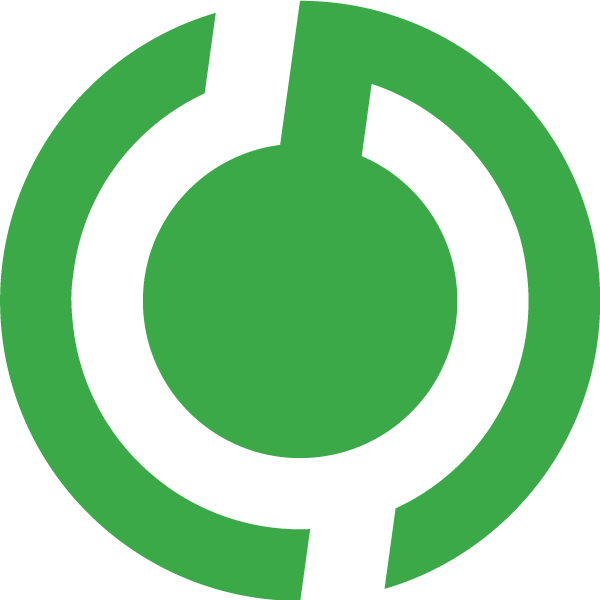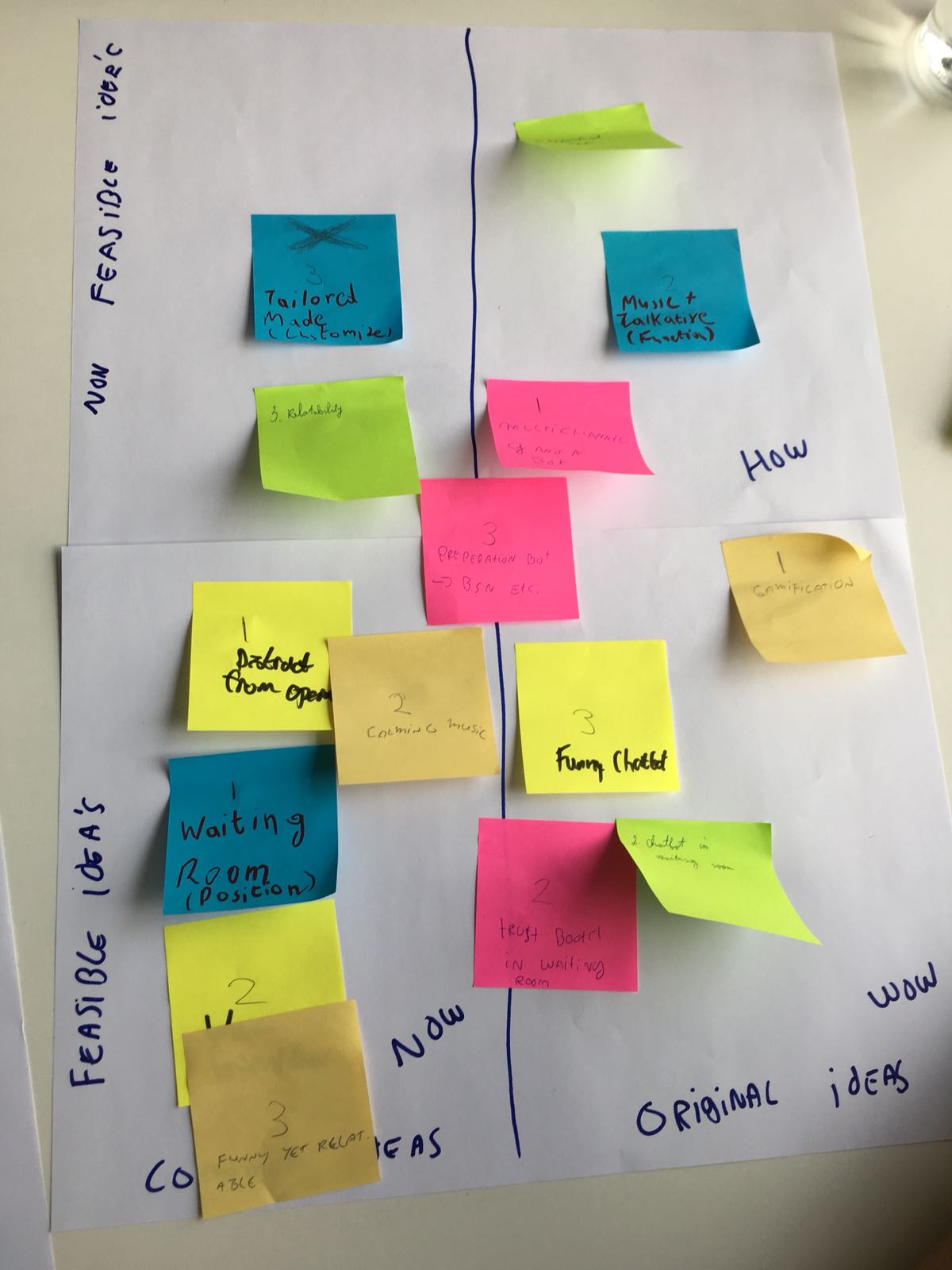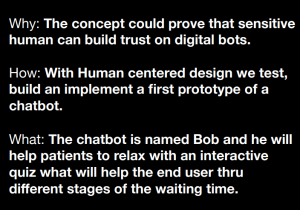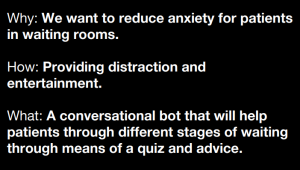Read part 1: inspiration and part 3: implementation here.
Brainstorm:
With the information gathered, the team held a brainstorm session with our stakeholders. We applied several methods, such as braindumping, customer journey mapping, pain & gain definitions, limit extension, rolestorming, and COCD-boxing. Vince put together a plan in order to make sure we would make optimal use of the methods. At the end of the day, a concept sketch was made that laid the foundation of our later concepts. You can find the team’s findings in the pdf linked below:
Concept Design:
Once we had our concept sketched out, we created a more encompassing concept design document. Vince set up an initial version of this document. He didn’t understand how the Golden Circle method works and started out at the what instead of the why. The point of the Golden Circle is to figure out why we’re doing what we’re doing, so we can keep that in mind in everything we do. It only works if you get the order right: start with why, then how, and finish with what. So instead of focusing on what the project requirements were, we had to focus on the reason behind the project itself.
I explained the Golden Circle method and its uses to the team and then worked through it again, involving them in the process of defining our goal:
What drove us to work on these chatbots? Wanting “to reduce anxiety for patients in waiting rooms”.
How were we going to accomplish that? By “providing distraction and entertainment”.
What would we deliver to achieve what we want? “A conversational bot that will help patients…”.
- Old
- New
DenQuiz Concept Design Revised
Based on this concept design, we developed our Lo-Fi prototypes, which we tested and iterated upon as described in part 3: implementation.
Reflection:
The methods Vince picked out for the brainstorm seem to be quite effective, I read up on them more after the brainstorm. Planning out the whole session with all of these methods is something I’ll be applying to future brainstorms as well. In past groups, it was usually more of an unstructured mess that cost lots of time and didn’t result in many useful ideas. This will hopefully bring a change to that.
From the ideas we gathered in our brainstorm, we were able to define our Golden Circle and our goals. I definitely noticed that using the Golden Circle method is very important, as it helps you not only define your goals, but also gives the team direction. When you know why you’re working on something and believe in it, it’s also a good motivator
